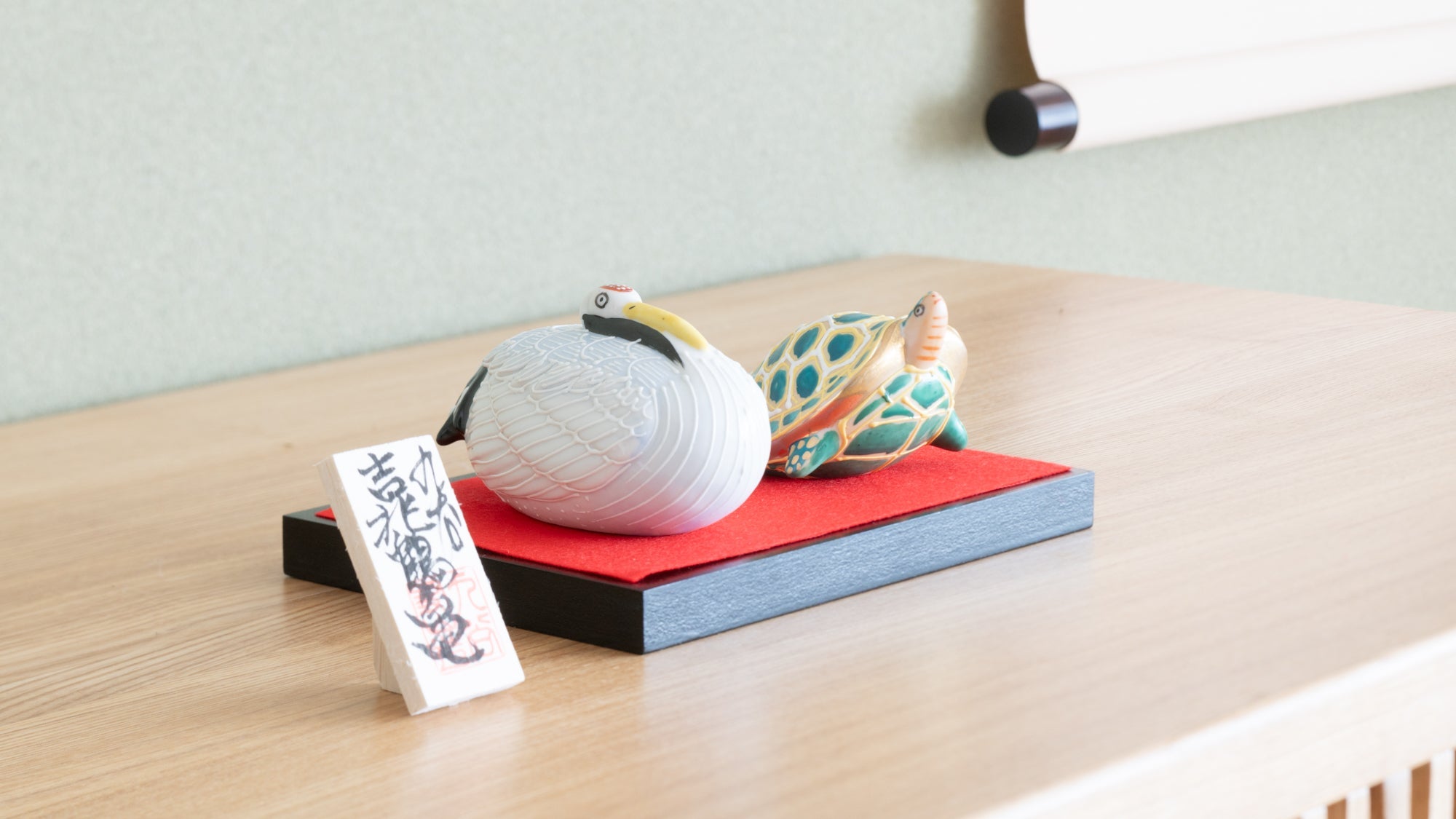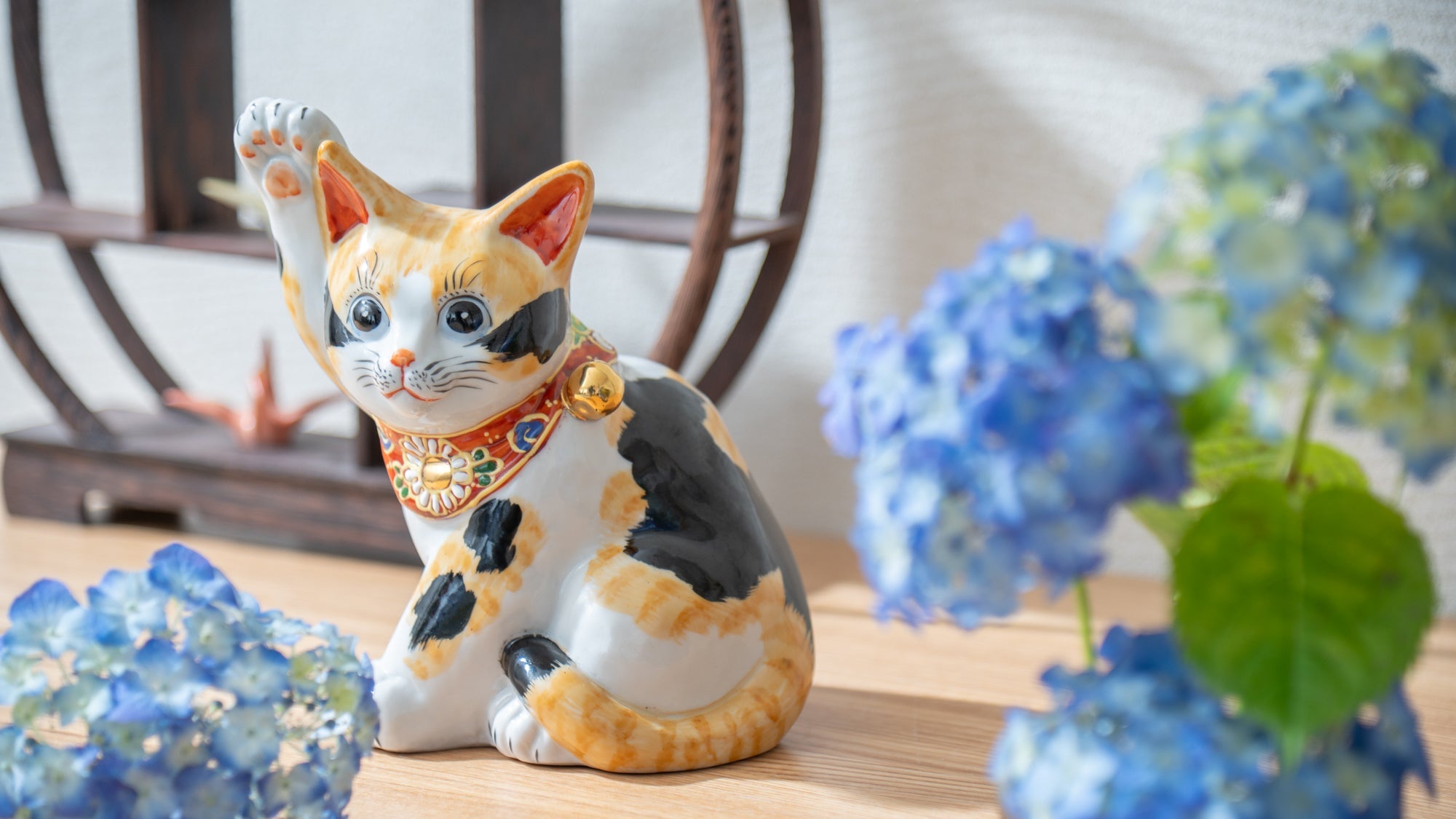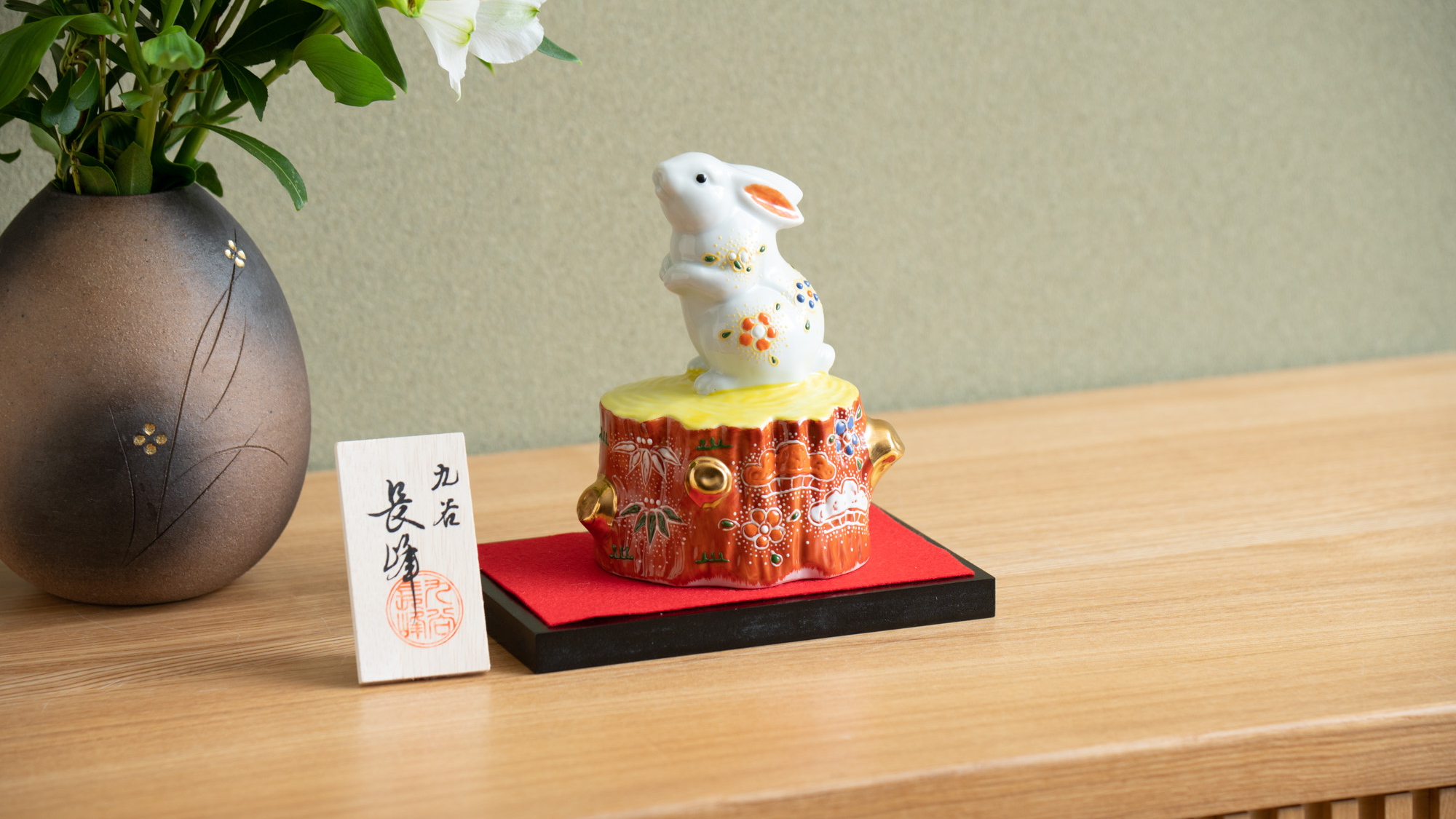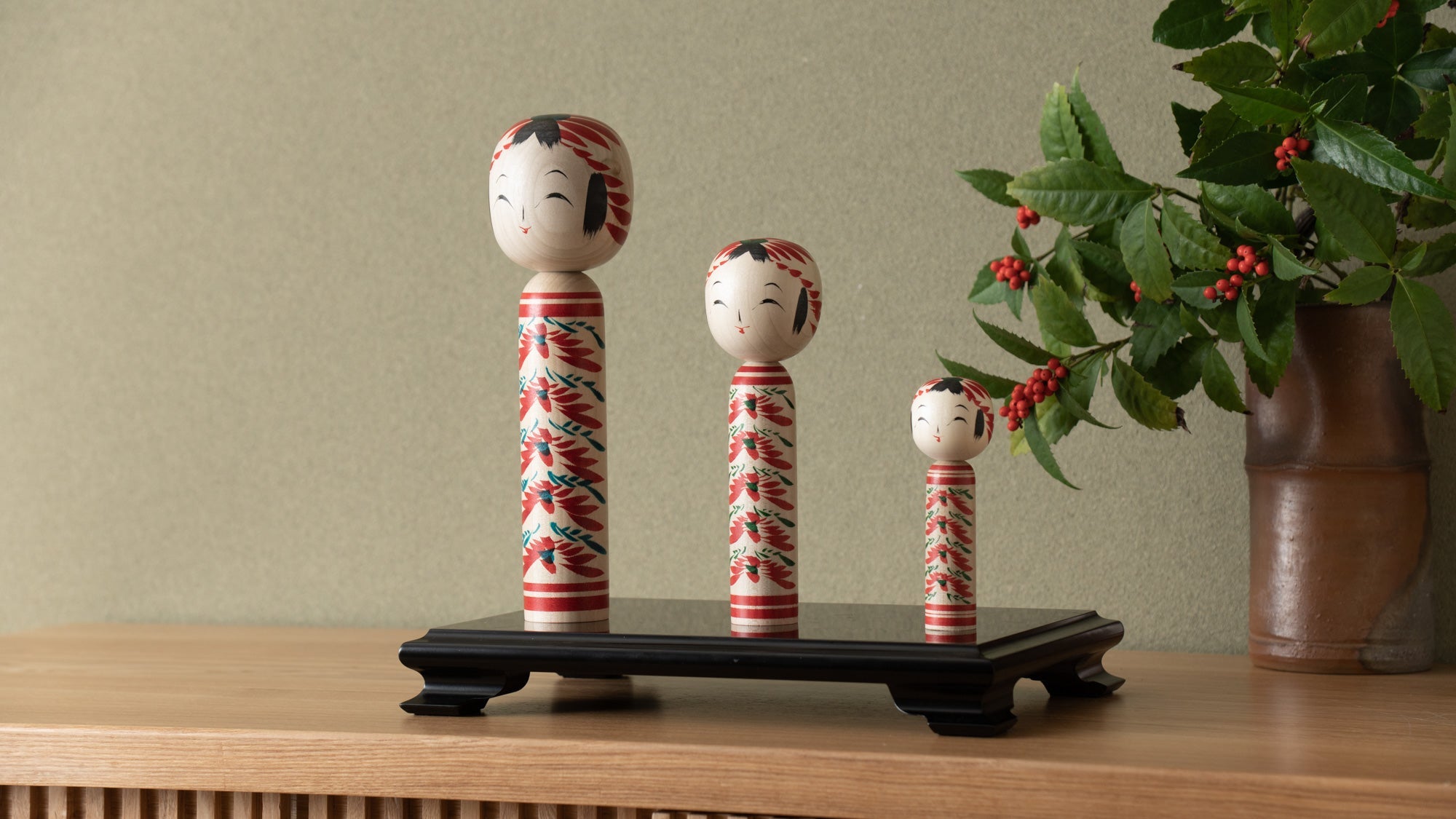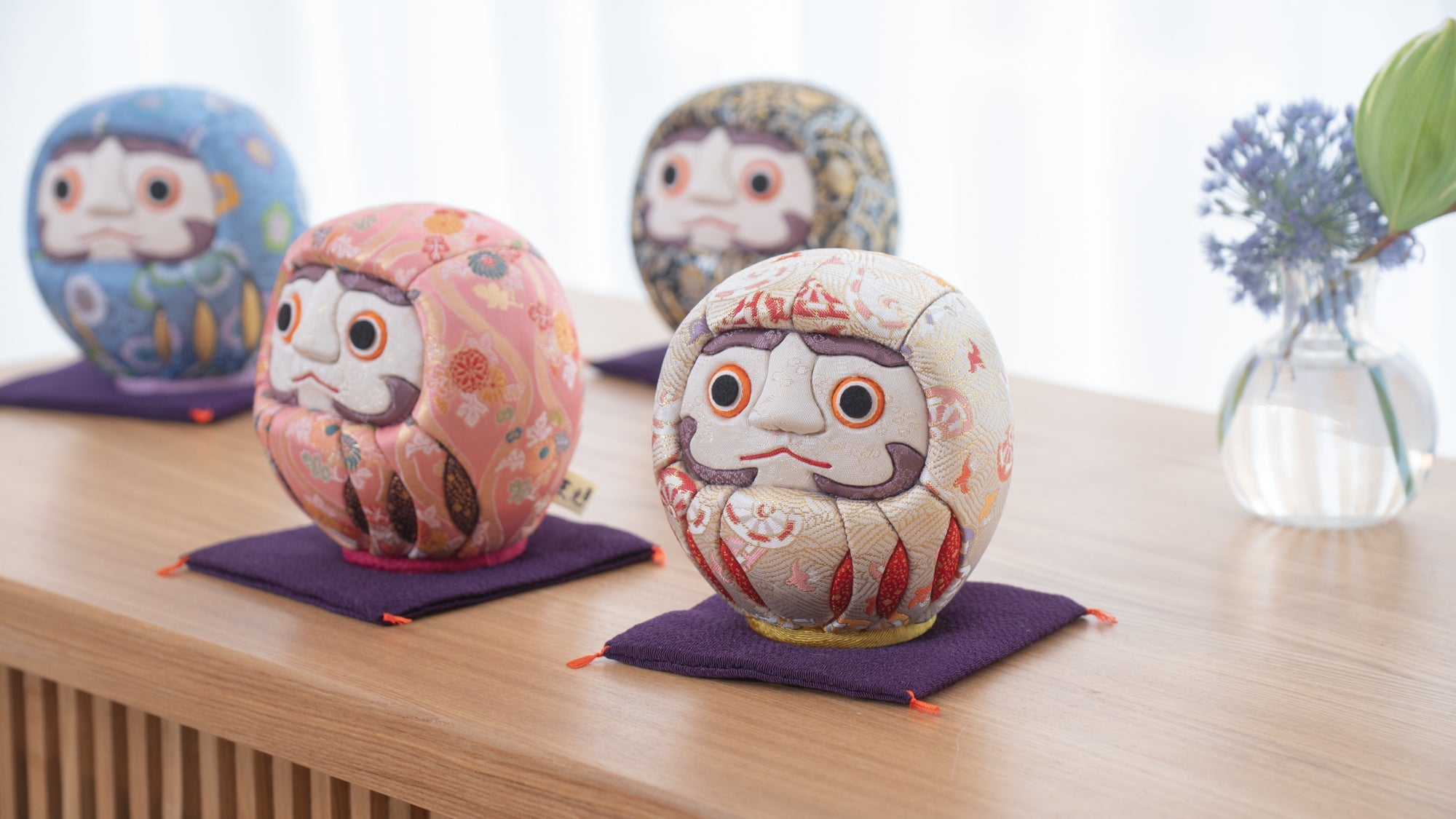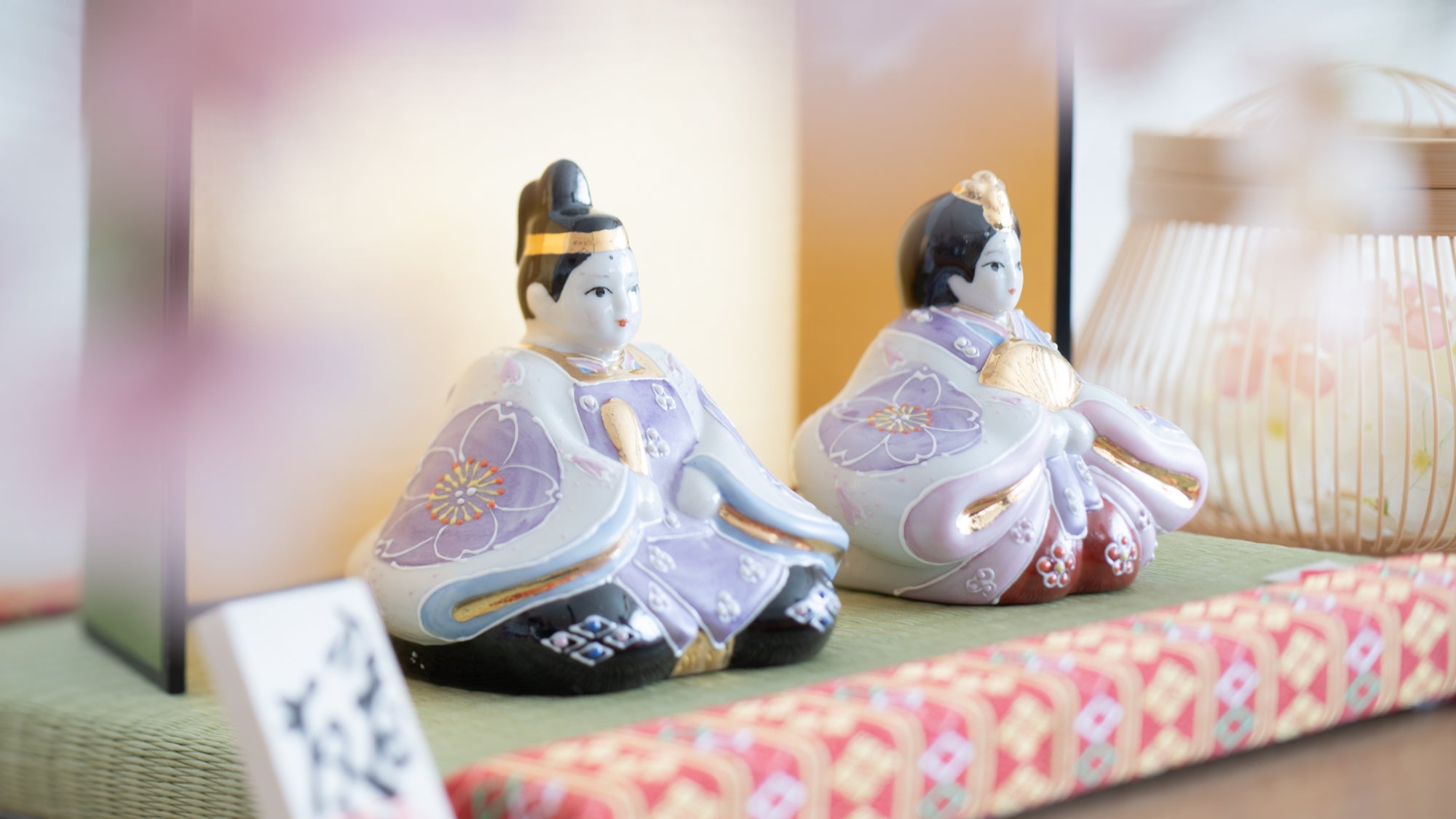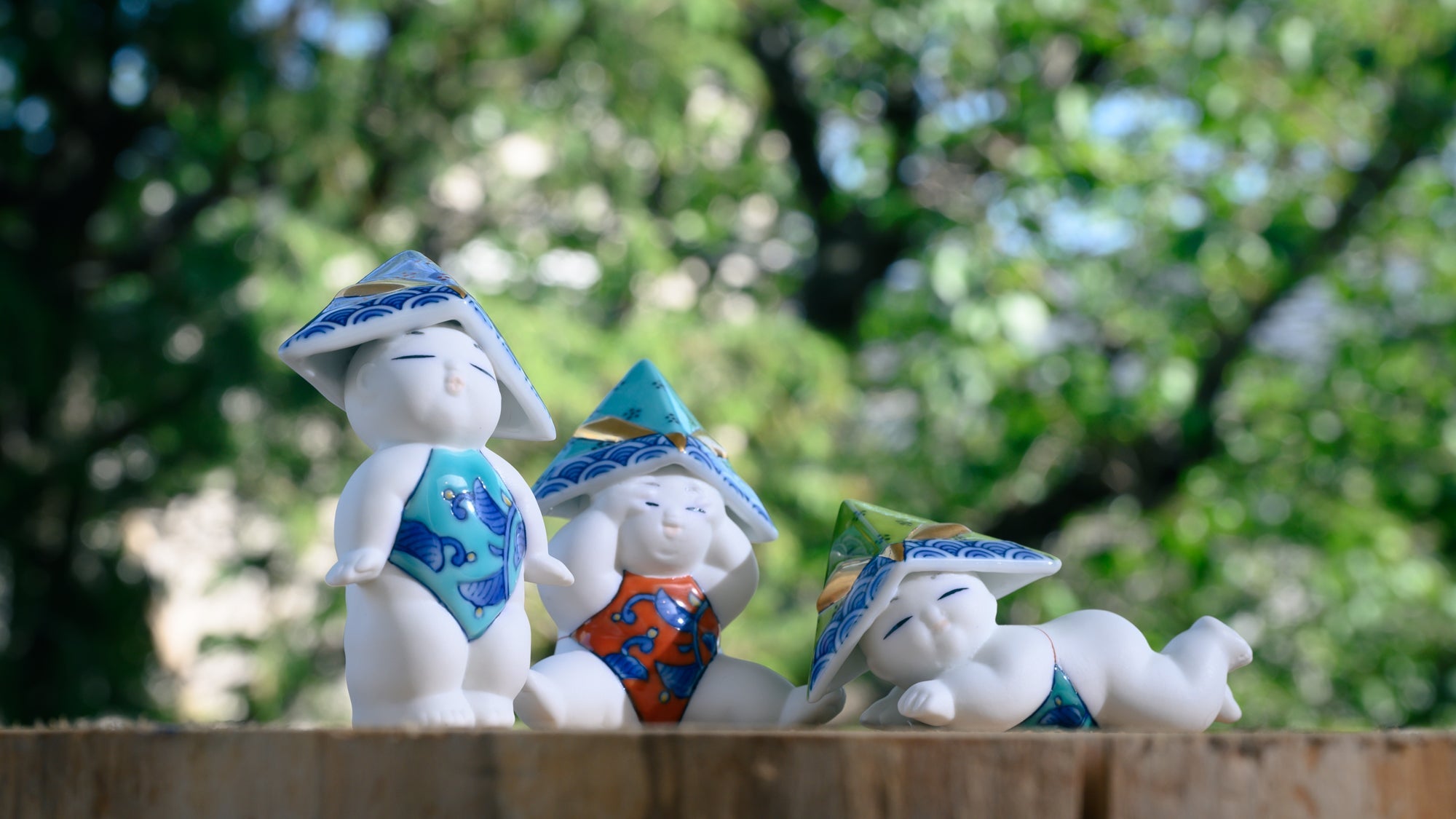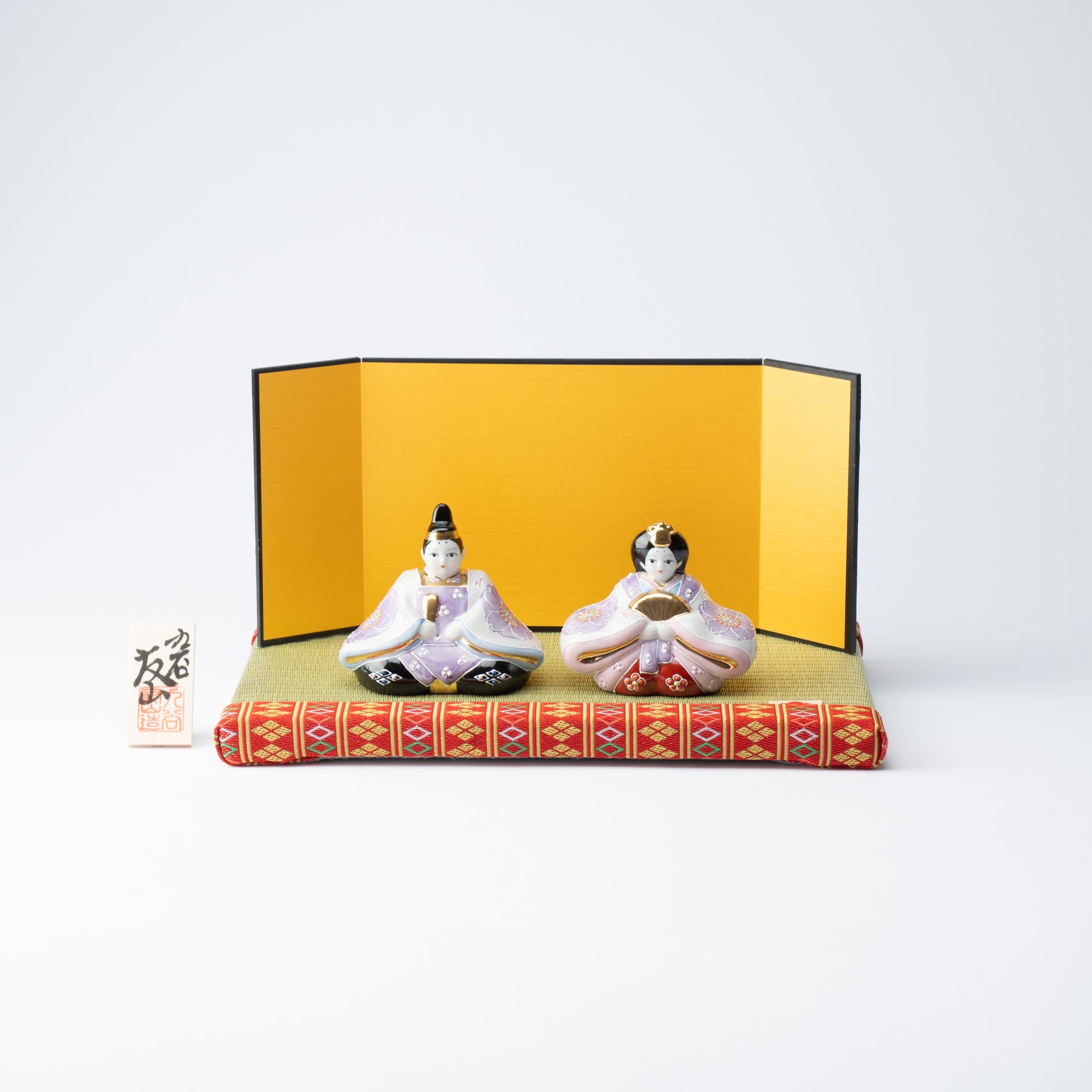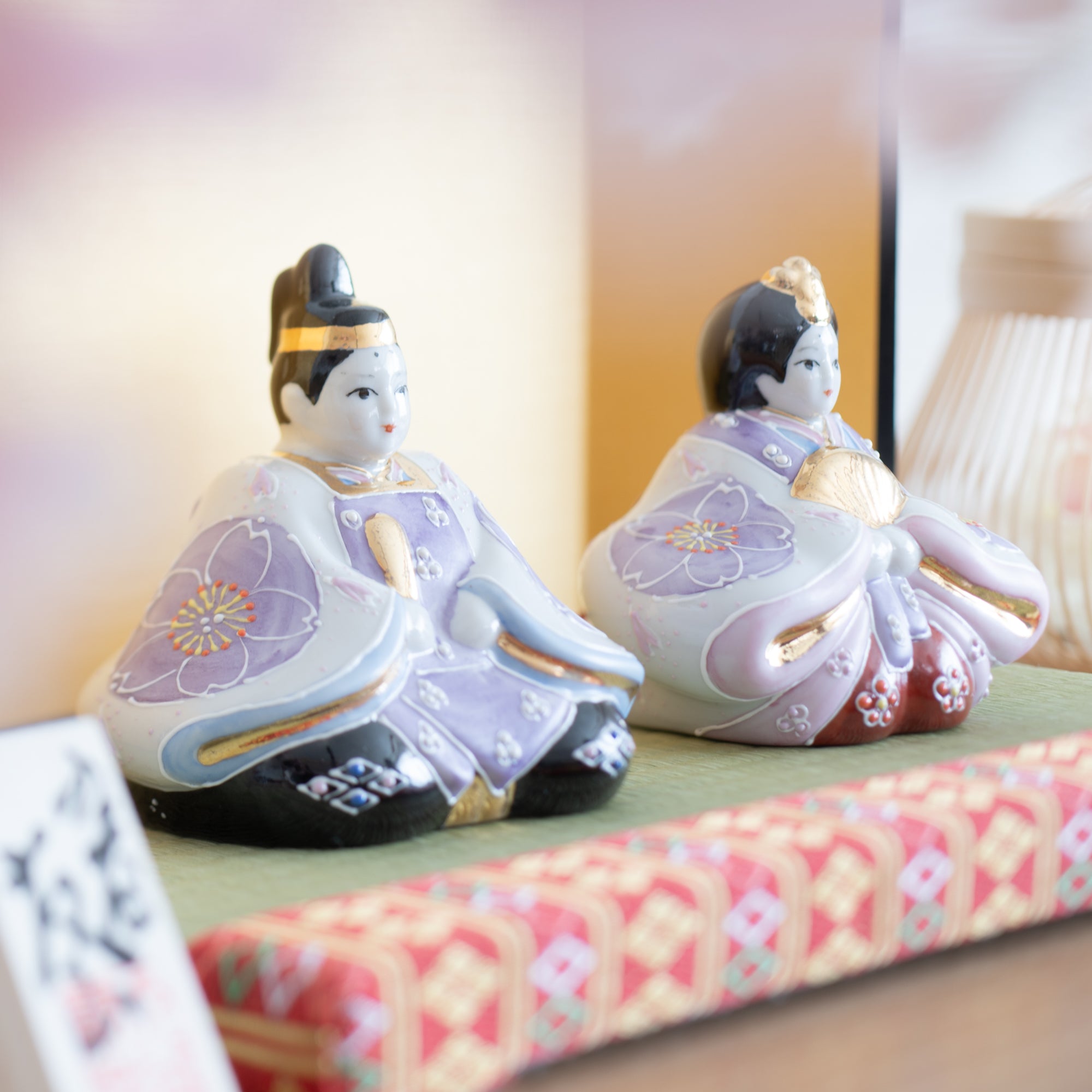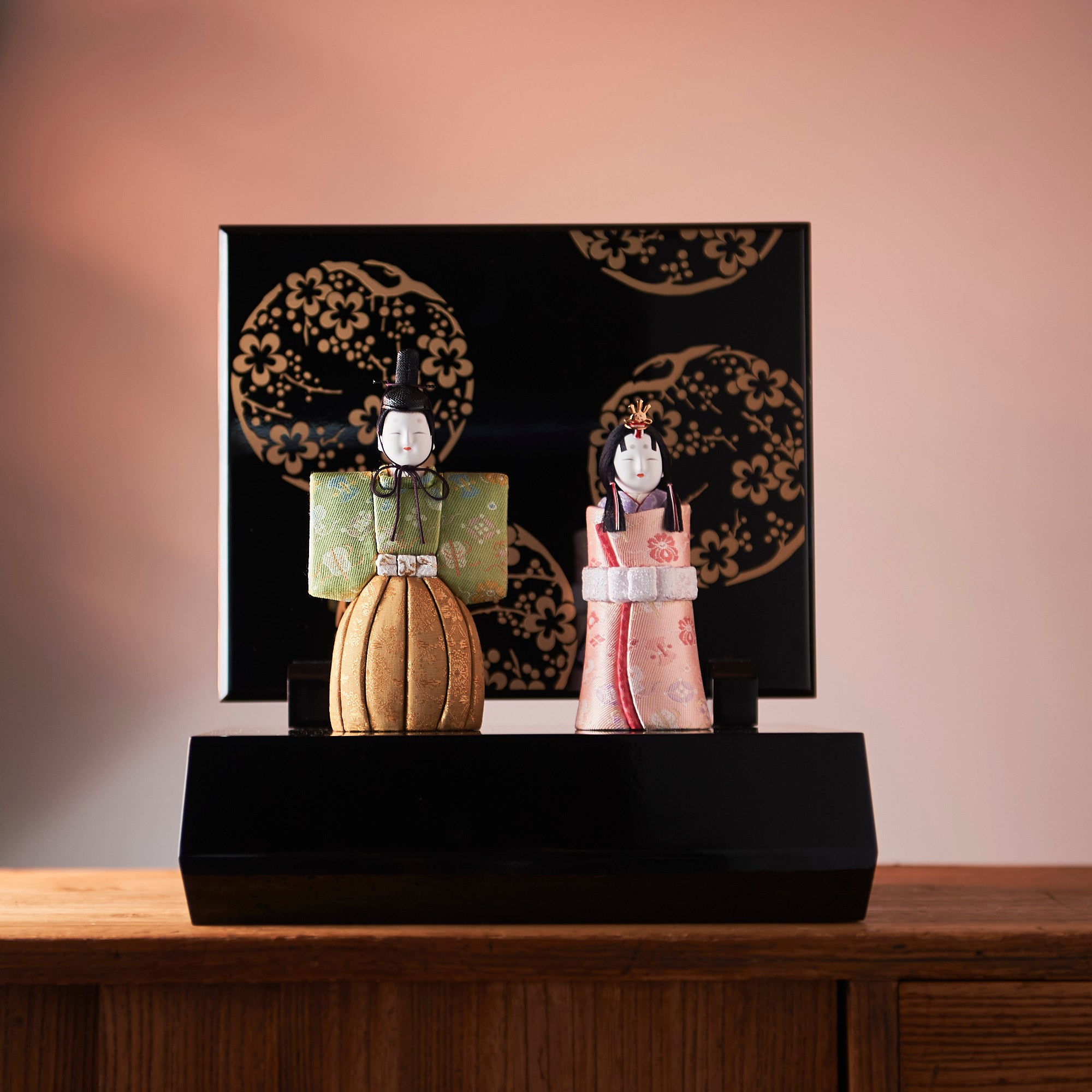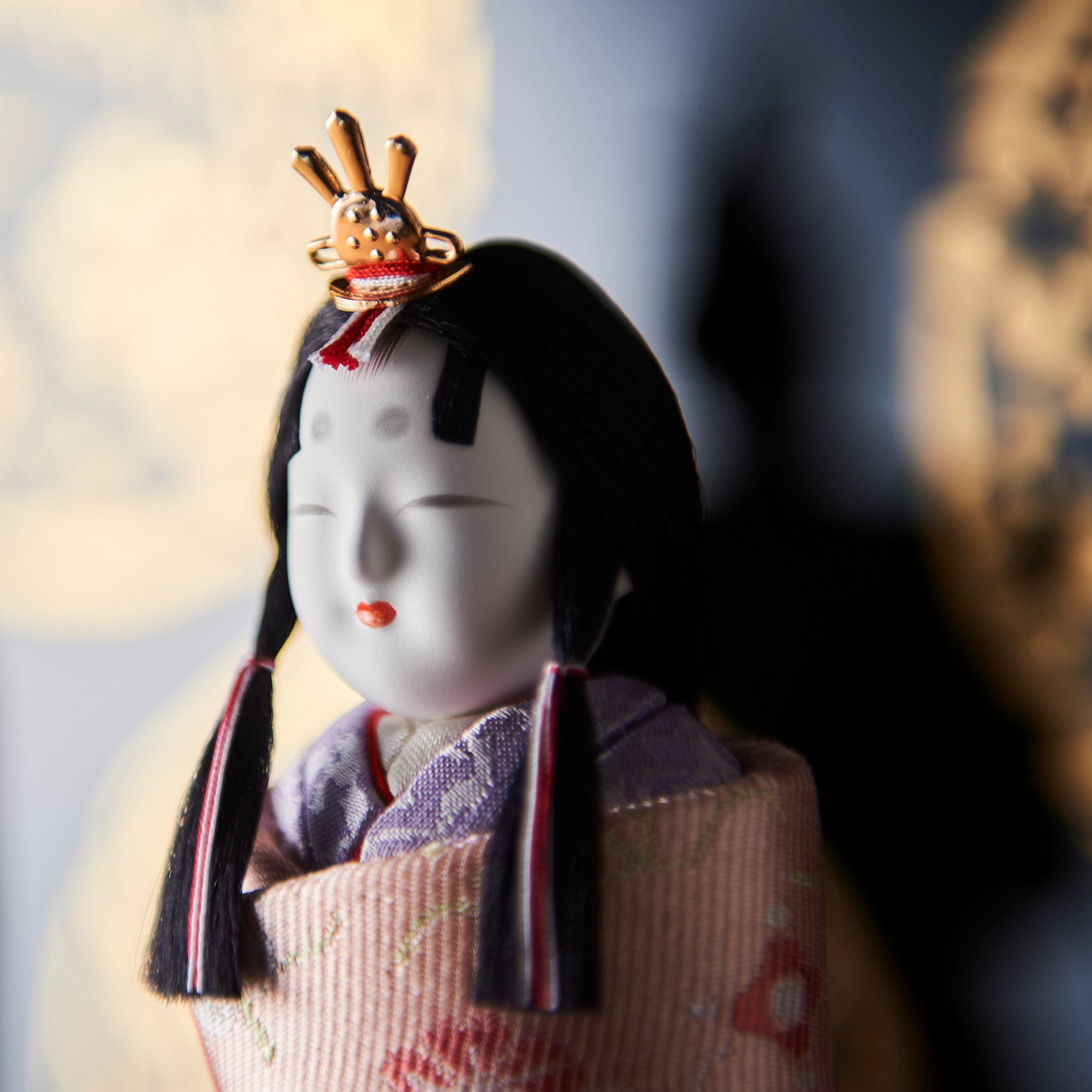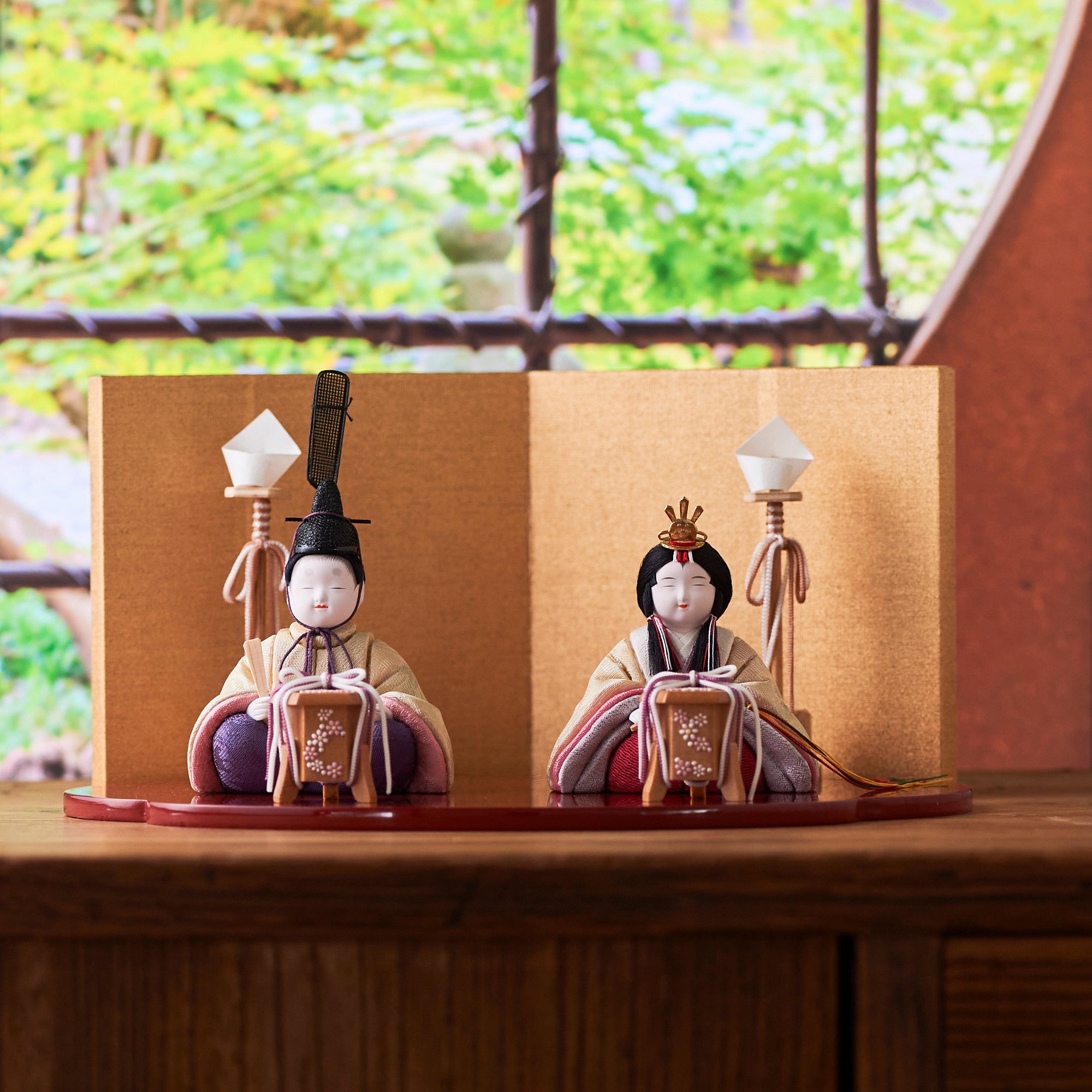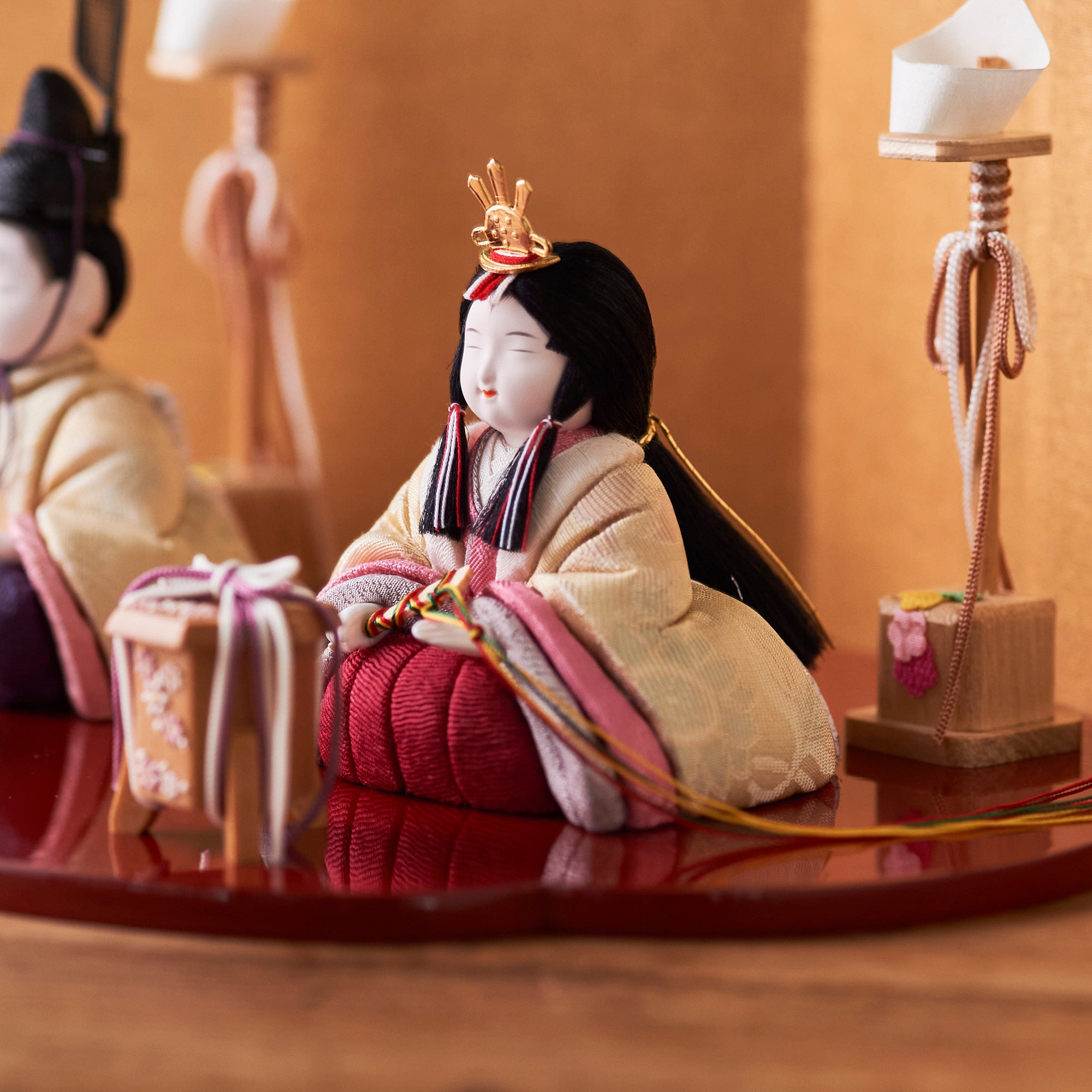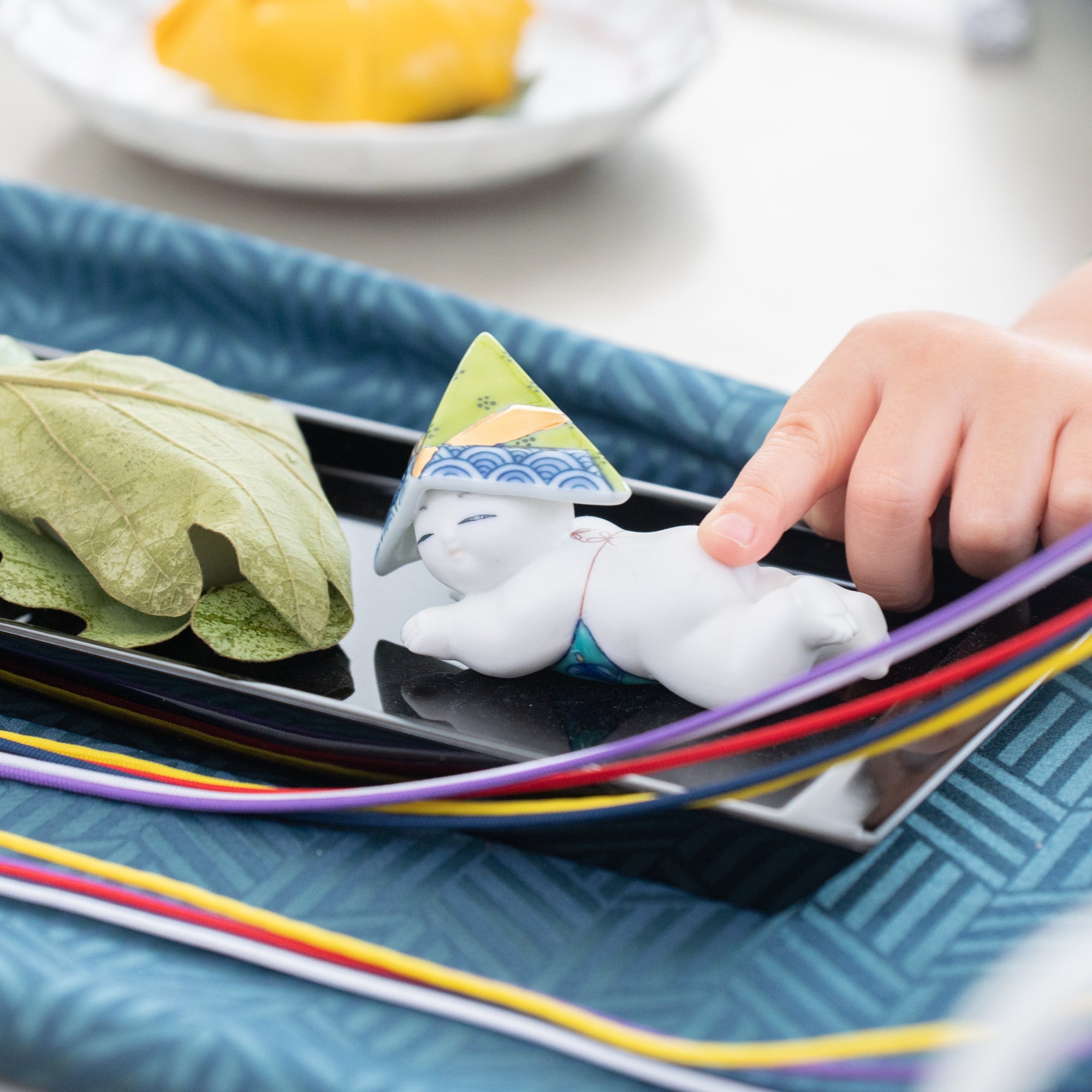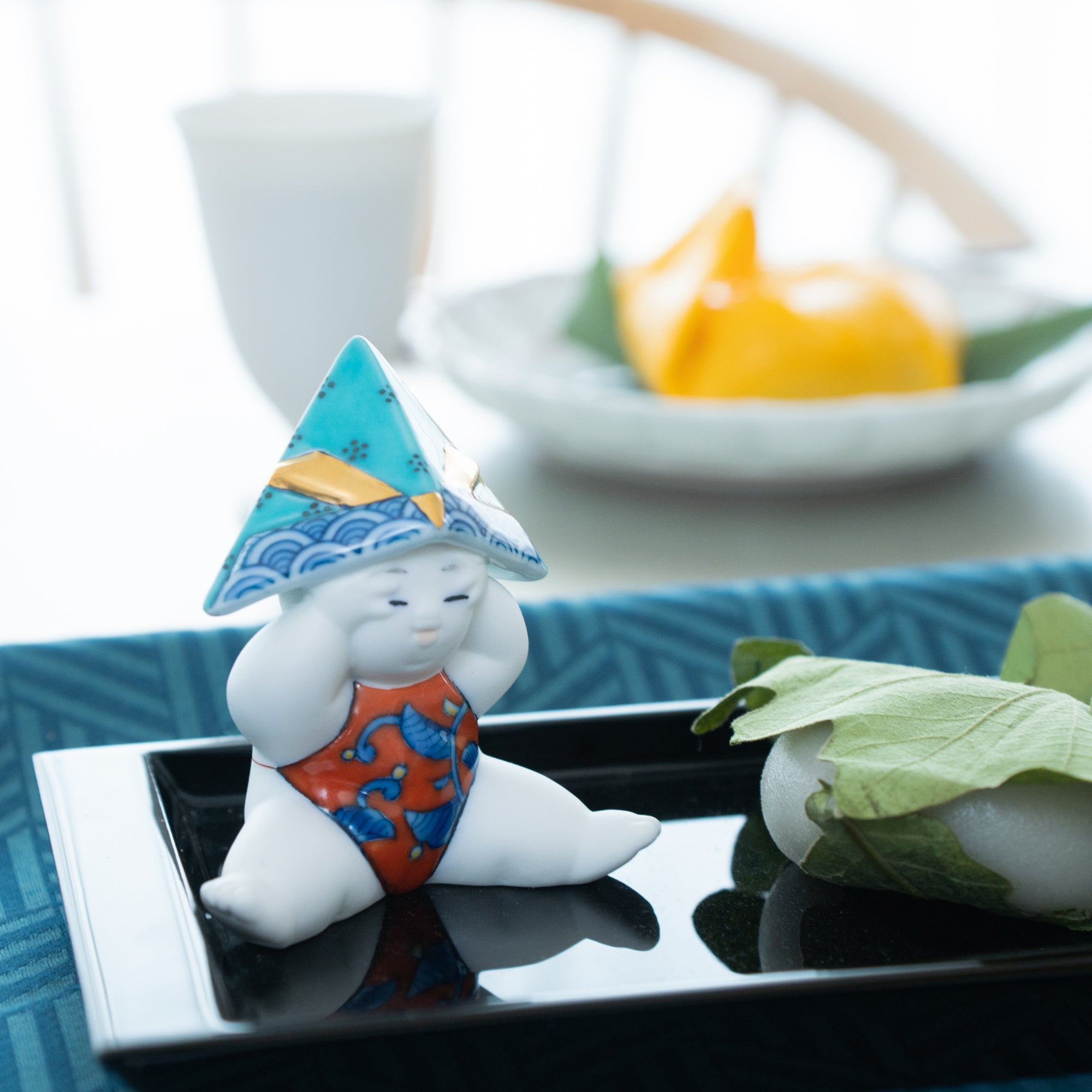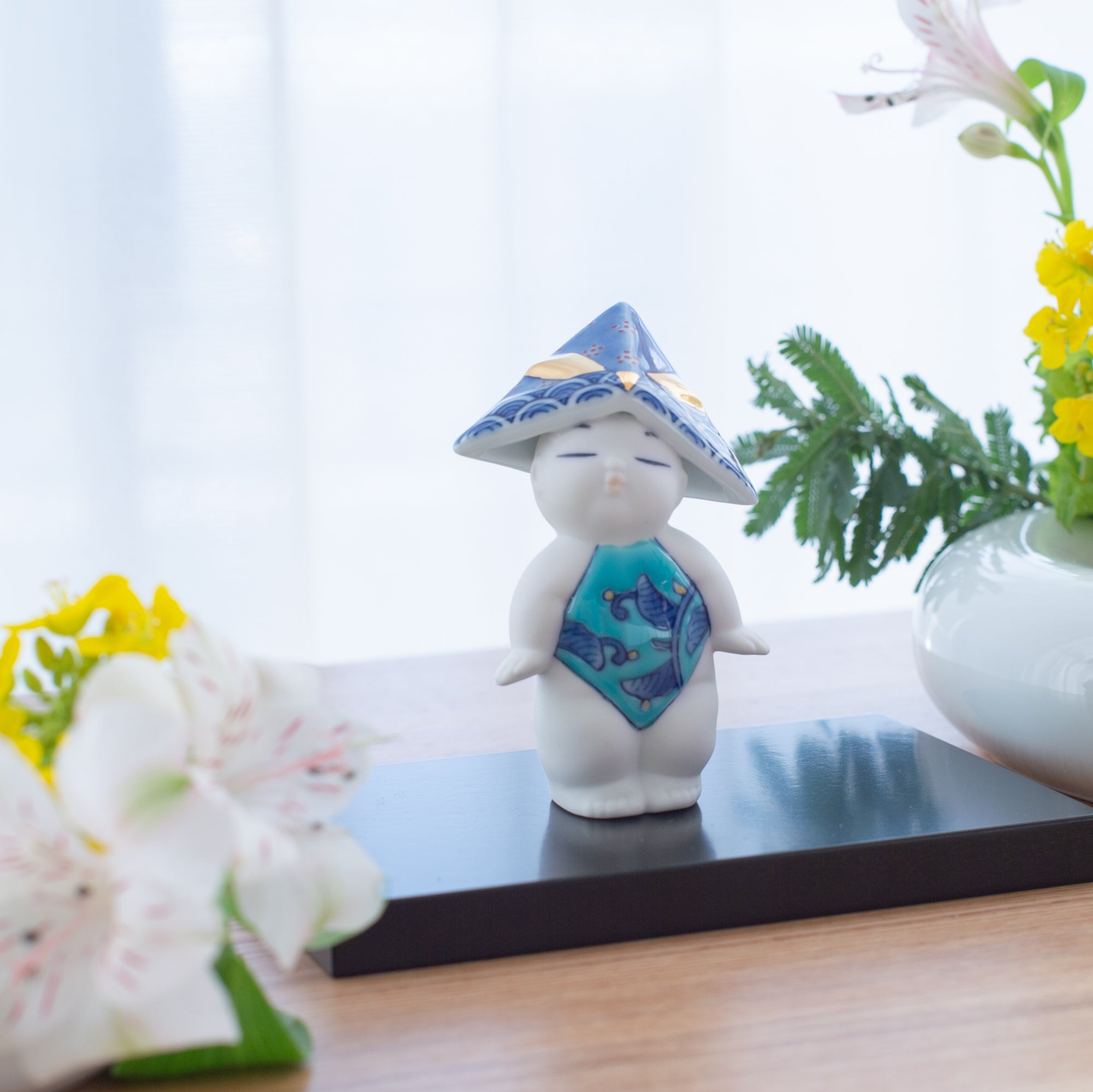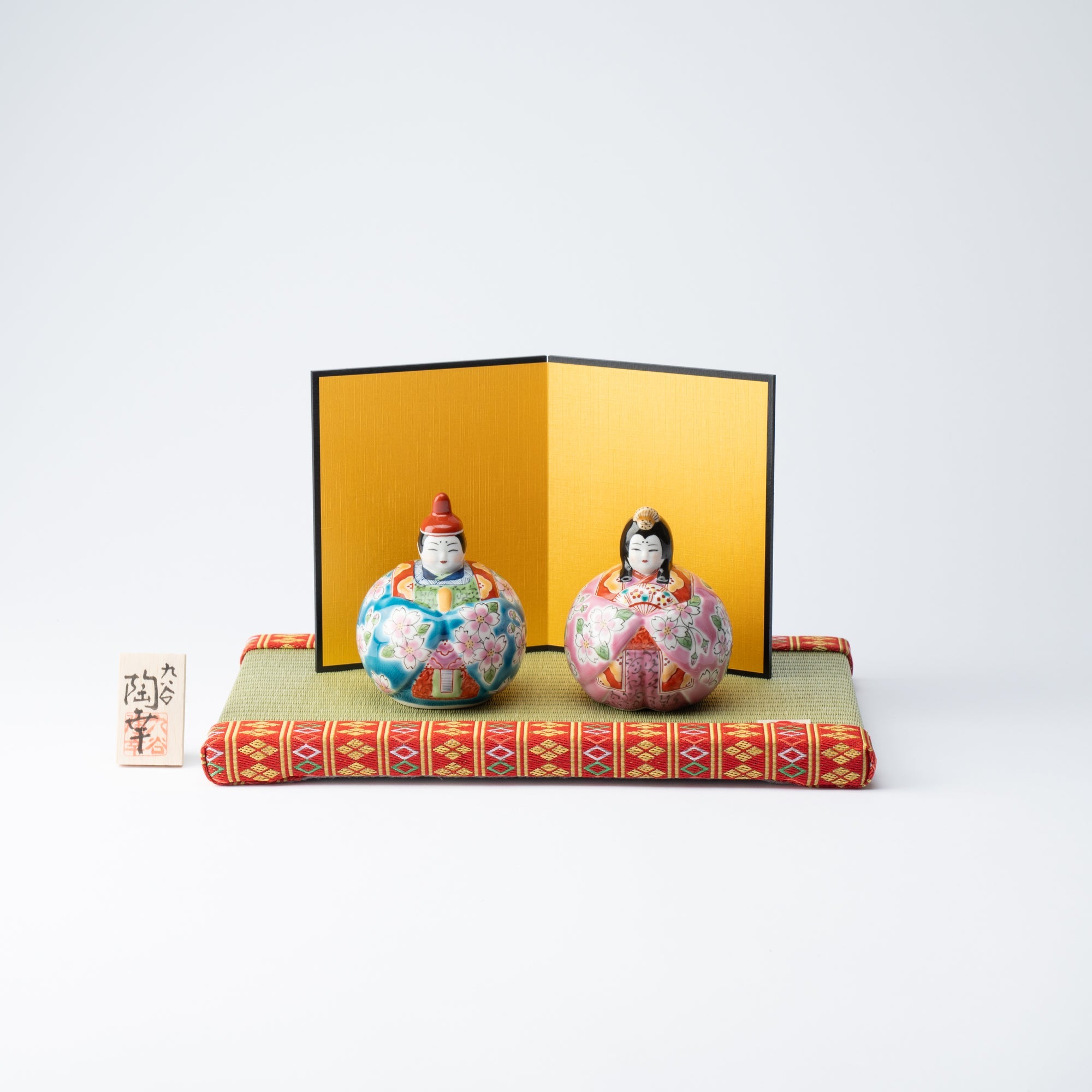
Festival Dolls & Decor
Japanese festival dolls have long been a cherished part of Japanese culture. Hina dolls for Girls' Day and gosho dolls wearing kabuto helmets for Boys' Day, for example, symbolize wishes for children's health, happiness, prosperity, and success. The ones in our collection are works of art that showcase exquisite, traditional craftsmanship, making them stunning decor items and tasteful gifts for special occasions.
Filters
Toukou Kiln Sakura Kutani Hina Dolls with Mini Tatami Mat
Sale price$386.00 USD
Yoneda Yuzan Purple Sakura Kutani Hina Dolls with Mini Tatami Mat
Sale price$402.00 USD
Standing Hina Dolls with Maki-e Plum Blossom Screen
Sale price$1,670.00 USD
Peony Arabesque Hina Dolls with Golden Folding Screen
Sale price$1,361.00 USD
Boys' Festival Small Resting Gosho Doll
Sale price$149.00 USD
Boys' Festival Small Sitting Gosho Doll
Sale price$149.00 USD
Boys' Festival Small Standing Gosho Doll
Sale price$149.00 USD


